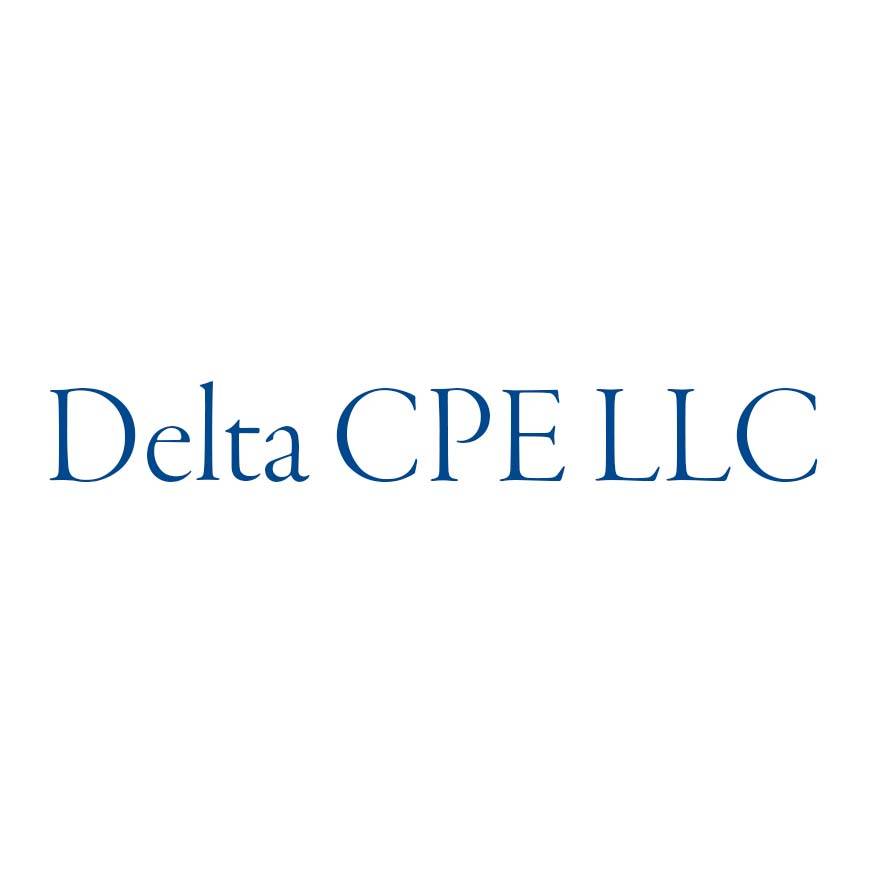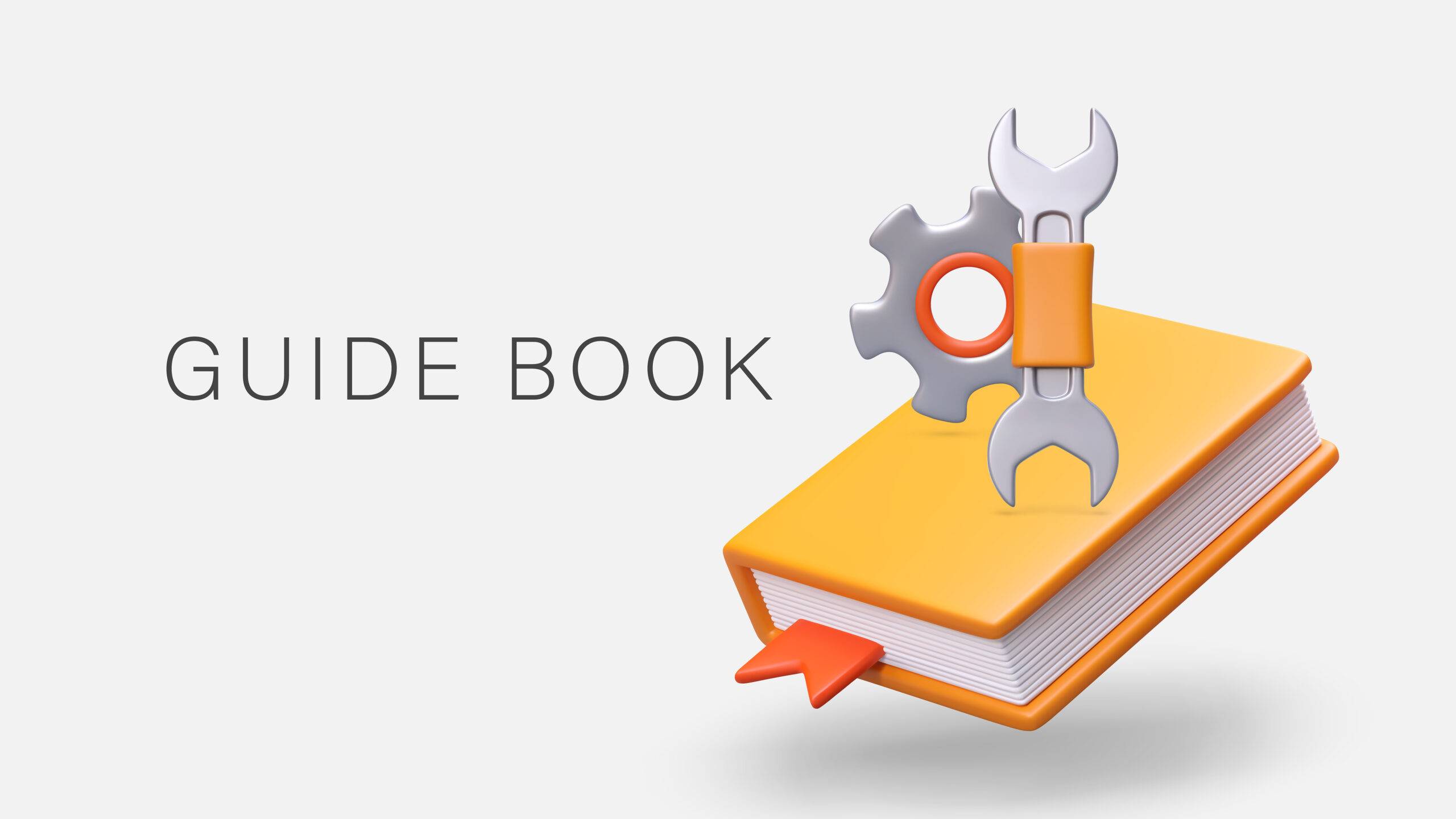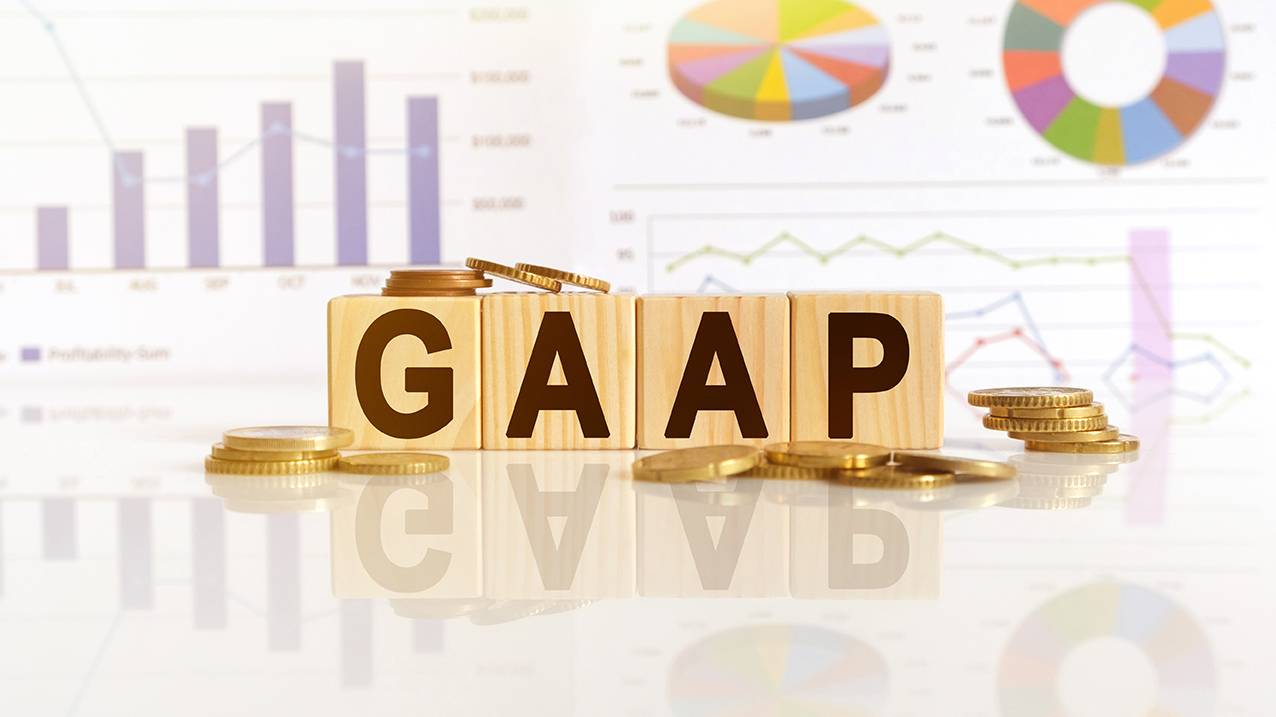Self-Study
Revenue Recognition: Practical Guide
Learn about the ASC 606 through an easy to understand five-step revenue recognition model.

$174.00 – $204.00
Webcasts are available for viewing Monday – Saturday, 8am – 8pm ET.
Without FlexCast, you must start with enough time to finish. (1 Hr/Credit)
Please fill out the form below and we will reach out as soon as possible.
CPE Credits
6 Credits: Accounting
Course Level
Overview
Format
Self-Study
Course Description
In 2014, after years of deliberations, the Financial Accounting Standards Board (the FASB) and the International Accounting Standards Board (the IASB) jointly issued the Accounting Standard Update (ASU) No. 2014-09 (codified primarily in ASC 606) and IFRS 15, respectively. ASC 606 replaces virtually all (including industry-specific) U.S. GAAP revenue guidance with a single model. The standard does not just change the amounts and timing of revenue but potentially affects organizations’ financial statements, business processes, and internal control over financial reporting. The standard also affects other related accounting topics such as contract modification, rights of return, licensing, principal-versus-agent considerations, and income tax. Moreover, the standard creates new and expanded disclosure requirements.
Revenue Recognition: Practical Guide reorganizes the guidance contained in ASC 606, to follow the five-step revenue recognition model along with other guidance impacted by this standard. This revenue recognition CPE also provides examples to illustrate the application. The revenue recognition CPE course is designed to help you navigate the complexities of this standard and identify the implications of it. It provides a working knowledge of the fundamentals of the revenue standard that can be applied, regardless of the company size, in the real world.
Learning Objectives
Upon successful completion of this course, participants will be able to:
- Recognize the improvements over the revenue accounting through the release of ASC 606;
- Cite the key changes of the revenue recognition practice compared to legacy GAAP;
- Recognize the impact of the revenue standard on the organizations;
- Identify the applicability of the revenue standard;
- Recognize the steps involved in implementing the new revenue guidelines;
- Identify the presentation and disclosure requirements;
- Recognize the requirements for other revenue topics (e.g., warranties, principal-versus agent, licensing);
- Recognize the indicators for potential misstated revenue recognition; and
- Identify control activities that reduce the risk of misstatement in revenue.
Course Specifics
124370637
February 9, 2024
General Accounting
None
157
Compliance Information
CMA Notice: Western CPE makes every attempt to maintain our CMA CPE library, to ensure a course meets your continuing education requirements please visit Insitute of Management Accountants (IMA)
CFP Notice: Not all courses that qualify for CFP® credit are registered by Western CPE. If a course does not have a CFP registration number in the compliance section, the continuing education will need to be individually reported with the CFP Board. For more information on the reporting process, required documentation, processing fee, etc., contact the CFP Board. CFP Professionals must take each course in it’s entirety, the CFP Board DOES NOT accept partial credits for courses.
Meet The Experts

For many years, Delta CPE LLC has offered a wide variety of continuing education courses for financial professionals. Topics covered by Delta’s courses include accounting, financial management, budgeting, investments, financial statement reporting, business management, IFRS, ethics, valuations, real estate, and business writing. The diversity and breadth of Delta’s course offerings make the company a prolific and unique contributor to the CPE world. Delta’s well-credentialed authors and contributors have also been published in numerous academic and professional journals and quoted by some of the leading financial media outlets.
Related Courses
-
 Accounting
Accounting
Accountants’ Guidebook
Steven M. Bragg, CPA QAS Self-Study
Credits: 30 $600.00
QAS Self-Study
Credits: 30 $600.00$600.00 – $640.00
-
 Accounting
Accounting
Accounting Fraud: Recent Cases
Joseph Helstrom, CPA QAS Self-Study
Credits: 1 $29.00
QAS Self-Study
Credits: 1 $29.00$29.00 – $49.00
-
 Accounting
Accounting
GAAP Guidebook
Steven M. Bragg, CPA QAS Self-Study
Credits: 29 $580.00
QAS Self-Study
Credits: 29 $580.00$580.00 – $620.00
